What is the working principle of a fiber laser welding machine
I. Working Principle of Laser Welding Machines
A laser welding machine uses a high-energy-density laser beam as a heat source for an efficient and precise welding method. The basic principle is that a laser generator produces a high-energy laser beam, which is transmitted through an optical path and focused by a focusing lens group onto the area to be welded of the workpieces. This causes the welded materials to melt rapidly, forming a specific molten pool. When the laser beam moves away, the molten pool cools and solidifies, thus realizing the connection of two or more workpieces. During this process, the energy of the laser beam is highly concentrated, enabling the material to reach the melting temperature within an extremely short time and with a small heat-affected zone, which is the key difference between laser welding and traditional welding methods.
II. Core Advantages
1. High Efficiency and Speed: Compared with traditional welding methods, the speed of laser welding is significantly increased. Taking the welding of auto parts in automobile manufacturing as an example, traditional arc welding may take several minutes to complete a weld joint, while laser welding, leveraging its high energy density and rapid heat conduction characteristics, can finish within just a few seconds, greatly enhancing production efficiency and meeting the demands of large-scale production.
2. High Precision: The spot diameter of the laser beam is extremely small, allowing precise control of the welding position and achieving sub-millimeter welding precision. It is especially suitable for welding tiny and precise components. In the electronics manufacturing field, such as the welding of microelectronic components inside mobile phones, laser welding machines can ensure the accurate position of solder joints, reducing problems like false soldering and short circuits, and improving product quality and reliability.
3. Excellent Welding Quality: Due to the small heat-affected zone, laser welding can effectively reduce welding deformation and stress concentration. The weld seam has a fine microstructure and excellent performance. For the manufacturing of some precision instruments with strict deformation requirements, such as the welding of aero-engine blades, laser welding can guarantee that the blades maintain high-precision shape and size after welding without affecting their performance.
4. Wide Range of Weldable Materials: Laser welding machines can weld a variety of metallic materials as well as different metals to each other, including high-melting-point metals (such as titanium alloys, nickel-based alloys), refractory metals (such as tungsten, molybdenum) and some special alloy materials. Meanwhile, it can also be used for welding metal to non-metal materials, such as the connection of metal to ceramic or plastic, providing more possibilities for innovative applications of materials and product design.
5. Easy Integration with Automation: The laser welding process is easy to automate. It can be integrated with robots and automated production lines, and complex welding paths and process parameter controls can be achieved through programming. This improves the stability and consistency of the production process, reduces labor costs and adapts to the development trend of intelligence and automation in modern manufacturing.
III.Market Status and Future Trends
With the rapid development and technological upgrading of the manufacturing industry, the laser welding machine market is showing a strong growth momentum. In recent years, the global laser welding machine market size has been continuously expanding, and it is expected to maintain a relatively high growth rate in the coming years. The main factors driving market growth include the popularization of industrial automation, the rapid development of emerging industries (such as new energy vehicles, semiconductors, artificial intelligence, etc.) and the continuous improvement of requirements for product quality and production efficiency.
In the future, laser welding machine technology will develop towards higher power, higher precision and greater intelligence. The research and development and application of new types of lasers will further improve the efficiency and quality of laser welding, such as fiber lasers and disc lasers. At the same time, the continuous improvement of intelligent control systems will enable real-time monitoring and adaptive control of the laser welding process, automatically adjusting welding parameters according to the actual situation during welding to ensure the stability of welding quality. In addition, with the development of multidisciplinary integration, laser welding technology will be deeply integrated with robot technology, artificial intelligence, big data, etc., realizing more complex and diversified welding processes and expanding its applications in more fields.
Laser welding machines, as key technical equipment in modern manufacturing, have been widely applied in numerous fields due to their unique advantages and have broad development prospects in the future. Whether it is for manufacturing enterprises to improve production efficiency and product quality or to promote the transformation and upgrading of the entire manufacturing industry, laser welding machines will play an irreplaceable and important role.


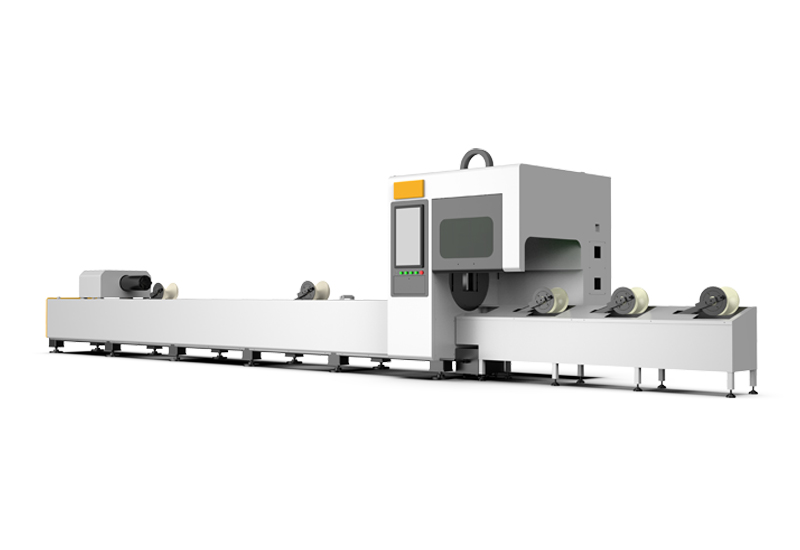
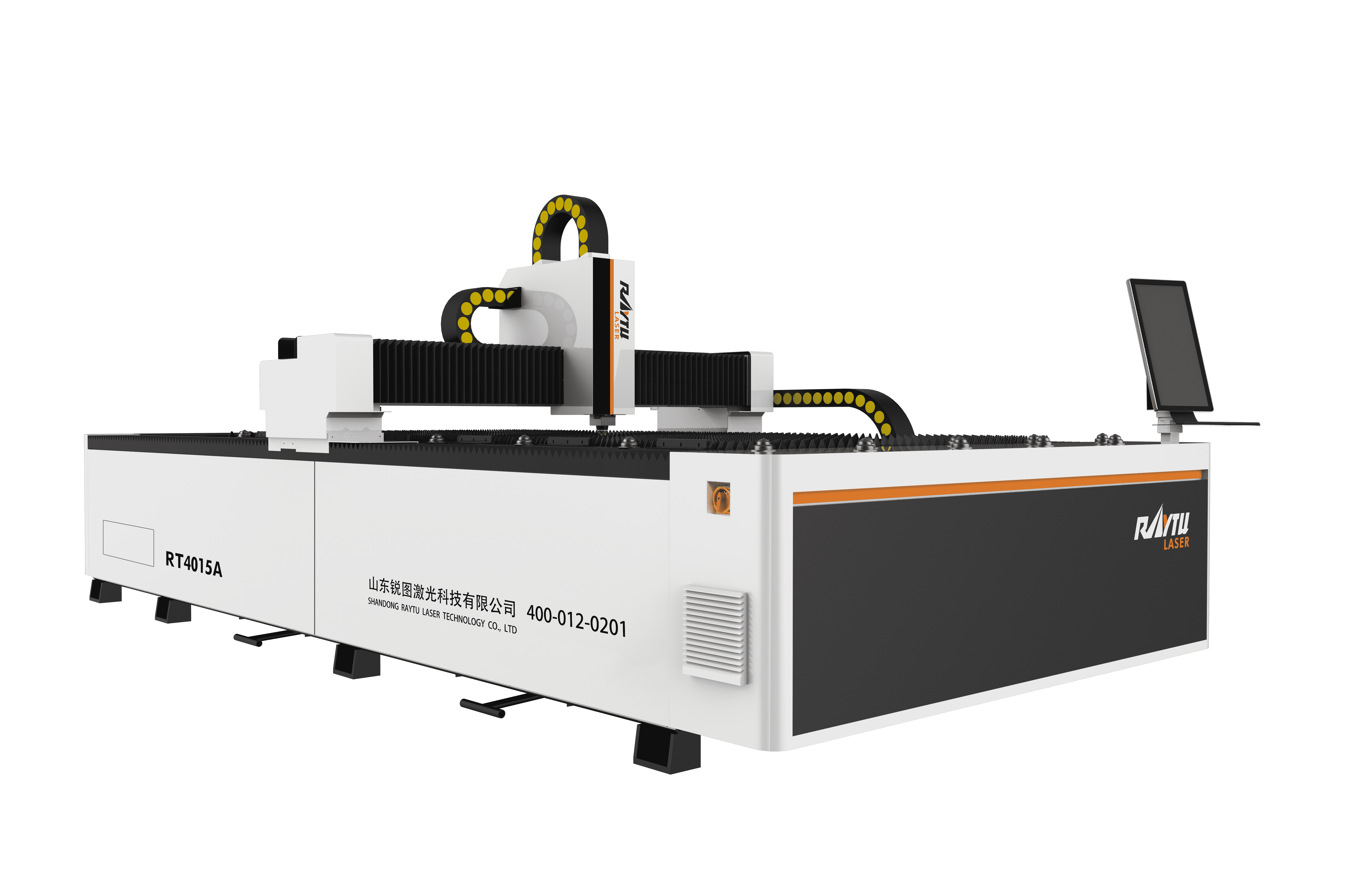
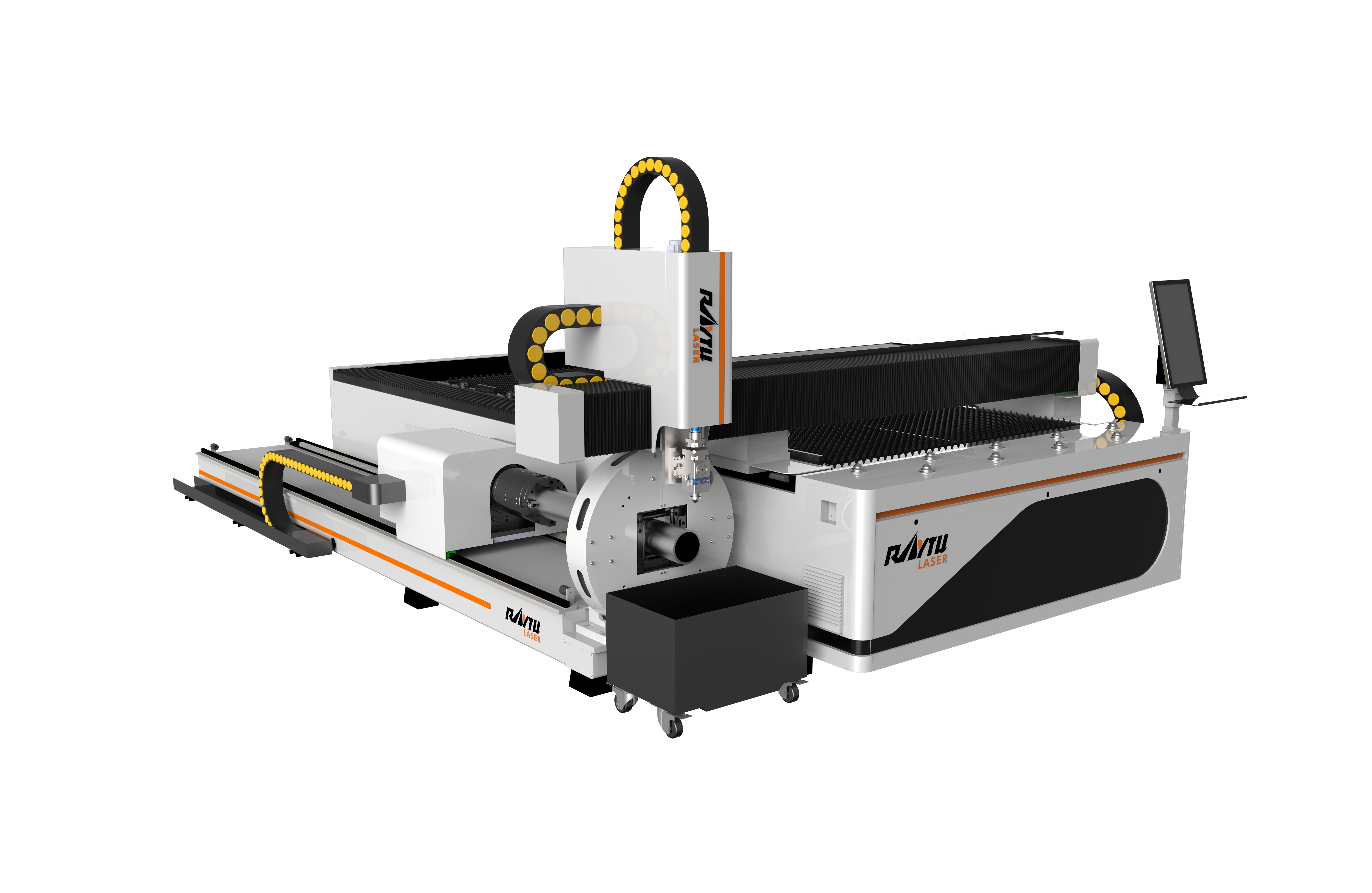



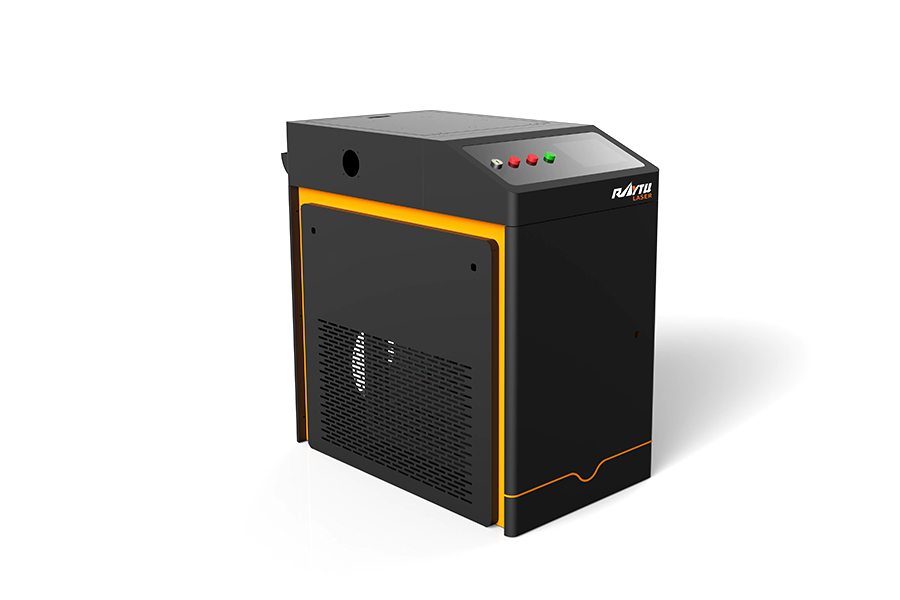
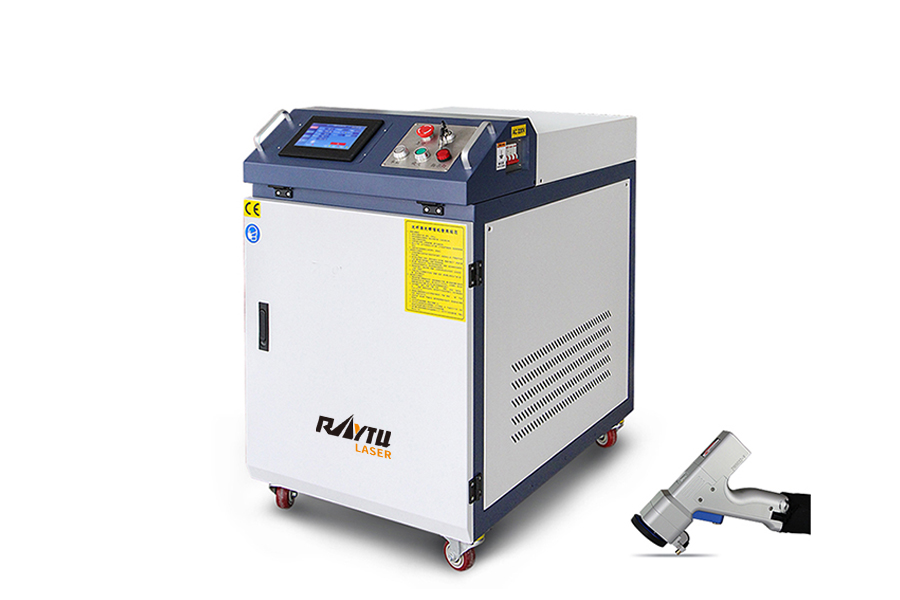
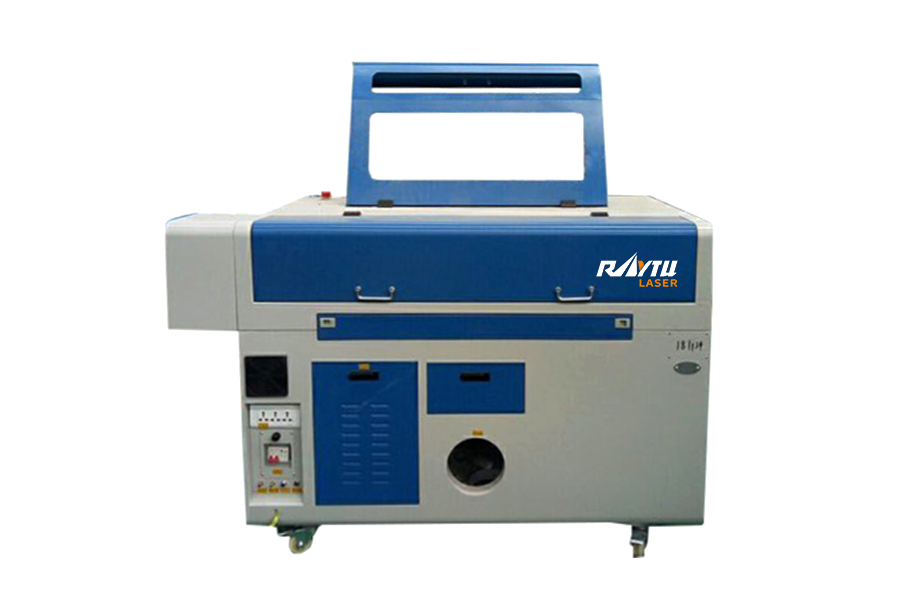






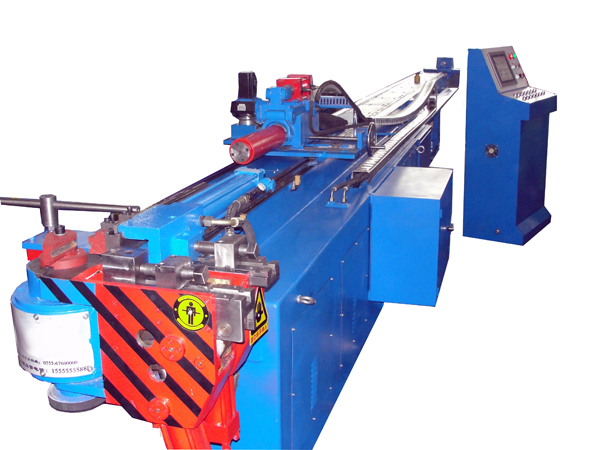
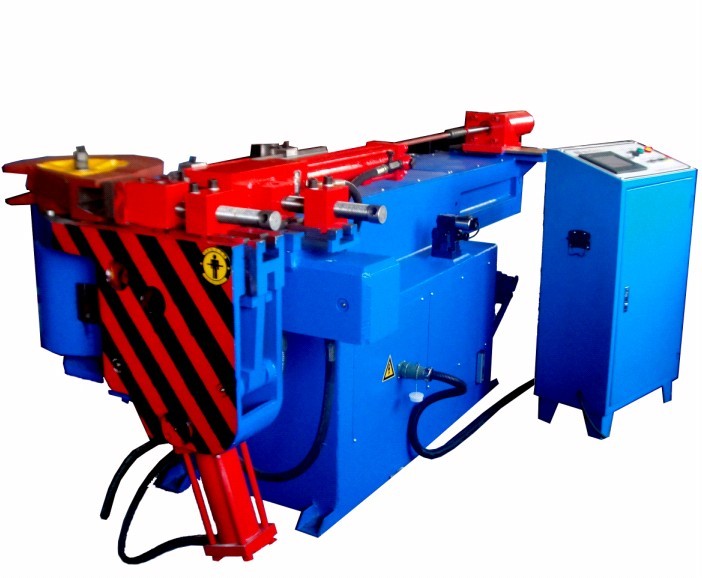
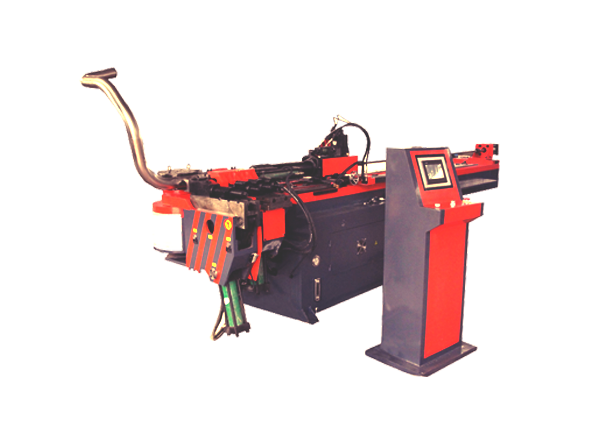



 0531-87978823
0531-87978823 +86 16653132325
+86 16653132325 sales01@raytu.com
sales01@raytu.com Contact us
Contact us